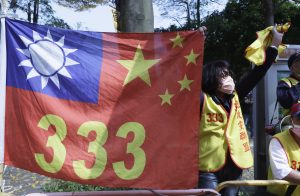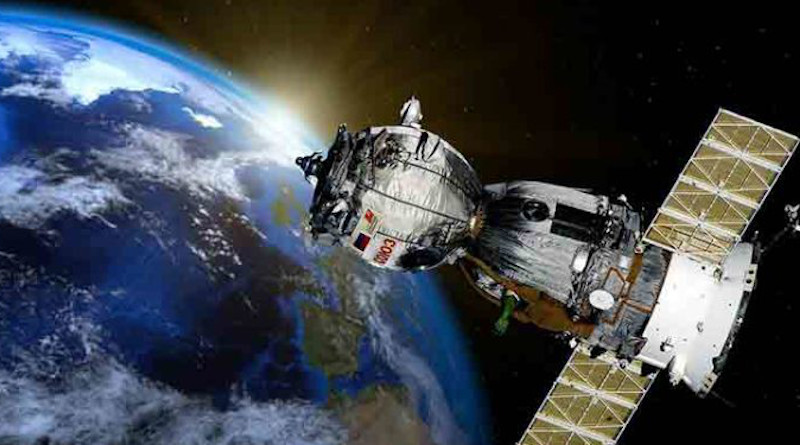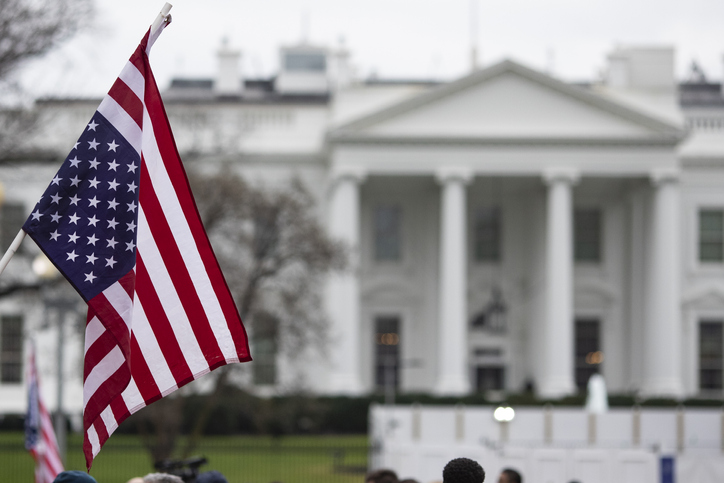JORDAN CHANDLER HIRSCH
As the USS Gerald R. Ford rushed to the Eastern Mediterranean in response to Hamas’s October 7 massacre, it sailed in the figurative wake of its predecessor, the USS Independence. During the Yom Kippur War, the Independence — followed by hundreds of U.S. planes laden with munitions and supplies — streamed toward the Jewish state to safeguard its security. Then, as now, a rattled, reeling Israel confronted an existential threat. And then, as now, Jerusalem depended on Washington to help beat back its foes.
For the United States, however, the comparison between 1973 and 2023 is less clear. After 10/7, the United States rallied to Israel’s side in kinship with a longtime friend and in revulsion at Hamas’s savagery — but with a strategic case relying less on U.S. interests in the Middle East than on a tenuous link to Ukraine’s fight for freedom. Perhaps sensing this ambiguity, in the weeks after the war began, despite Americans’ overwhelming sympathy for Israel, a majority of Democrats and independents opposed sending U.S. military aid to Israel, with only a modest majority of Republicans supporting it. And Washington’s embrace of Jerusalem is as much a bear hug as a shield, meant to avoid a wider Middle Eastern war as the price of restoring Israeli deterrence — precisely the opposite of U.S. policy in 1973.
The U.S. government’s approach to the Hamas massacre reflects the fact that the attacks did not reorient the long-term trend in American foreign policy. With the Cold War and the War on Terror over — conflicts in which Israel served as a crucial U.S. ally — Washington now faces a new struggle: great-power competition with China. In that fight, the ramparts in need of manning are in East Asia, not the Middle East. Cultural ties and lingering U.S. interests in Israel’s neighborhood may compel some continued cooperation, but the partnership will not thrive without a core strategic purpose. The U.S.-Israel alliance was born out of strategy, not moral or religious considerations, and without any such foundation, it will decline.














 \
\




/2023/12/12/image/jpeg/3eBWcbLQ6Rw3TOqIqox9mho9rHOB5aXP8rNc4vm7.jpg)

